Can You Use Sprayway Glass Cleaners on TVs: An Insight Guide
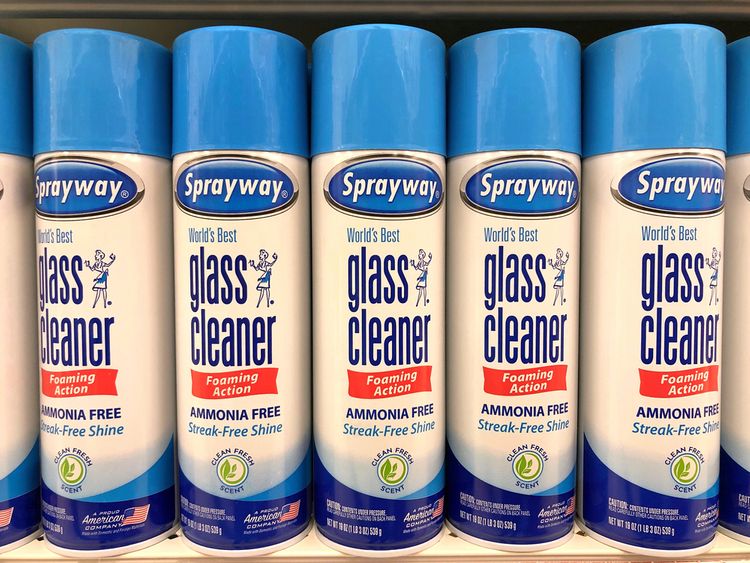
What To Know
- Sprayway Glass Cleaner is not recommended for cleaning TV screens as it can damage the screen’s protective layers and anti-reflective coatings over time.
- We suggest using products specifically designed for electronic displays, such as screen wipes or sprays without alcohol, ammonia, or abrasives.
This article will provide clear guidelines on whether Sprayway glass cleaners are a safe choice for your TV screen, ensuring you preserve quality while keeping it spotless.
Let’s delve into the details.
Quick Navigation
What is the Sprayway Glass Cleaner? What Is It For?
Sprayway helps clean glass surfaces. It’s ammonia-free and ideal for cleaning windows, windshields, mirrors, etc.
The foam-based glass cleaner dissolves grease, dirt, and grime upon application. The foam clings to surfaces and doesn’t slide, making cleaning less messy and sans streaks. Also, the cleaner leaves behind a pleasant aroma, thanks to the perfume-grade alcohol used.
Besides cleaning glass surfaces, Sprayway can also be used to clean tiles, porcelain, chrome, and other non-glass exteriors.
Can You Use Sprayway Glass Cleaner on TV Screens?
No, you cannot use Sprayway glass cleaner on TV screens because the product is not meant for cleaning electronic screens.
All-purpose or glass cleaners like Sprayway or Windex contain ammonia, alcohol, and several other chemicals that could damage a TV’s screen—for instance, discoloration.
Sprayway glass cleaner is ammonia-free, but it has alcohol. Except for isopropyl alcohol, all other types of alcohol are harsh TV screen cleaning agents (such as ethyl alcohol).
The inflicted damage to the screen may not be apparent right away. But you’d notice the negative impact on the display’s anti-reflective coating and other protective layers after some time.
There are better cleaning solutions and methods to clean TV screens than Sprayway. We’ve discussed them below.
What Cleaners are Safe to Use for TV Screens?
Cleaning products specially designed to clean electronic displays, such as wipes and sprays, are safe to use on TV screens. But generally, microfiber cloth, clean water, and distilled water would suffice. (More on them later.)
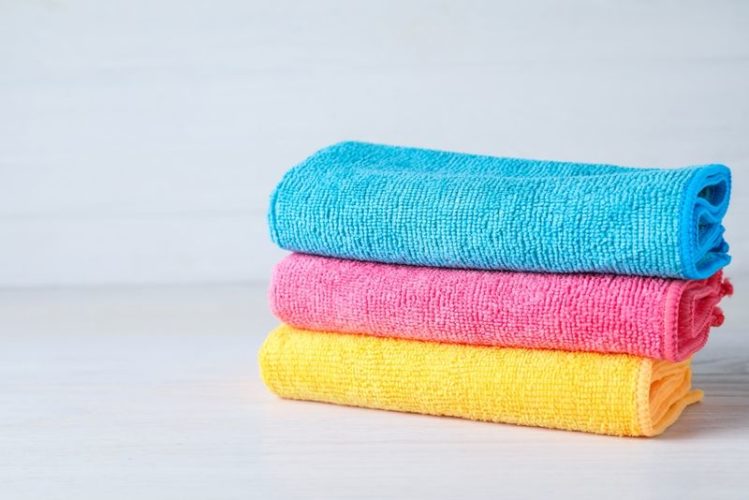
The EVEO Electronic Wipes Screen Cleaner or Screen Mom Screen Cleaner Kit for LED & LCD TVs are solid options. These cleaners are free of alcohol, acetone, ammonia, or abrasives that could damage or scratch the TV screen.
Kindly note that people used all-purpose glass cleaners in the past to clean CRT (cathode-ray tube) TVs, as those displays were entirely glass or not much different from the glass used in windows.
Modern-day OLED and LED TVs also have glass displays, but those are too thin to withstand traditional glass-cleaning solutions. Moreover, the plastic substrate or protective layer on top of them can lose function easily when subjected to standard glass cleaning solutions.
How to Clean Your TV Screens Properly?
To clean your TV screens properly, steer clear of chemical-laden products.
Also, facial tissues, paper towels, toilet paper, and other paper-based products are not recommended as their tiny fibers are designed to clean non-transparent surfaces, not glass.
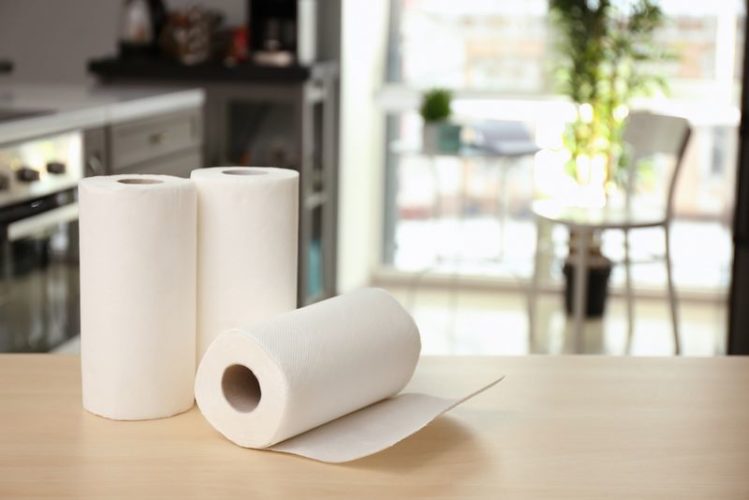
Moreover, the paper could disintegrate and tear when wet, sticking onto the screen and making the cleaning process messy.
So, what materials can you use to clean your TV screen? A couple of microfiber cloths, distilled water, and a spray bottle (like this JohnBee Empty Spray Bottle ) are all that you need to clean a TV screen properly.
Why distilled water? Because it’s free of minerals and other particles that tap water could contain. The tiny constituents in non-distilled water can leave behind micro scratches or stains on your TV screen.
How to get started with cleaning a TV screen?
If your TV is dust-infested, do some dry cleaning first. For that, you’ll need compressed air or just a clean microfiber cloth.
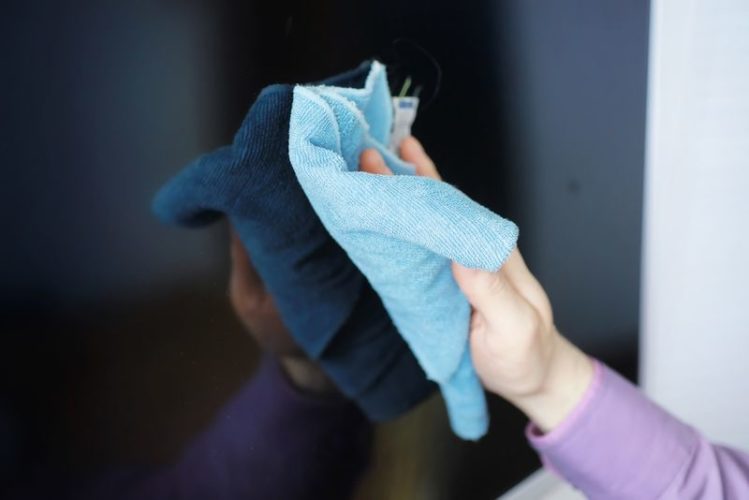
The microfiber cloth is a better option since it attracts dust and doesn’t blow away the grime, decreasing the possibility of dust entering the TV via multiple orifices.
Make sure the microfiber cloth is relatively thicker and has deeper grooves for maximum dust-retention capabilities or not to have to use multiple fabrics in one session, such as the Progo Microfiber Cleaning Cloth and MAKUANG Screen Cleaning Cloth .
Once you have the cleaning cloths handy, follow these steps:
Step1: Wash your hands. Make sure they are dry and clean.
Step 2: Turn off the device and unplug it. Turning off the set will make it easier to spot the location of the dirt and dust. If the TV was in use recently, let it cool down before you proceed.
Step 3: Start from the sides and clean in vertical and horizontal lines. Do not do circles or haphazard movements.
Step 4: Clear the dust off the bezels (non-glass front of the TV), and the rear since the static electricity the display produces can easily attract dust from its immediate vicinity. If the non-glass part of the TV is not clean, it will not take long before the glass becomes dusty again.
You’ll need to wet-clean the screen to clean fingerprints and other smudge marks. Please have a few microfiber cloths handy before you proceed, as you’ll need them both wet and dry.
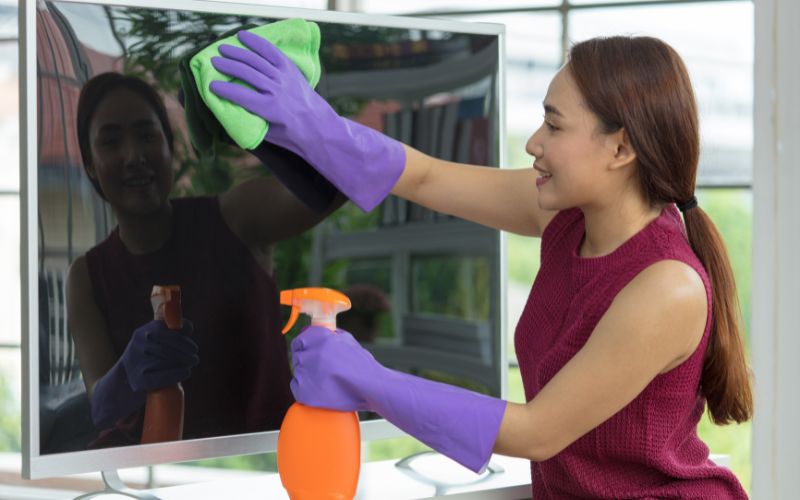
Here are the steps to wet-clean your TV screen:
Step 1: Take the spray water bottle and fill it with distilled water.
Step 2: Spray the water on a microfiber cloth like MR.SIGA Ultra Fine Microfiber Cloth . Spray until the material is damp and not soaking wet to avoid water-dripping issues. Do not directly spray onto the screen. It could also lead to dripping concerns and may even cause electric shock.
Step 3: Wipe the screen with the moist cloth in gentle circular motions. Use light hand movements to not damage the panel’s electronic cells. To clean the screen’s corners, use a dampened cotton swab.
Step 4: Once the smudges are gone, wipe the screen with a dry microfiber cloth to clear some residues, streaks, or swirls left behind by the wet cloth.
The screen could be a tad moist after the cleaning. Therefore, turn on the TV only after the screen is completely dry.
If the streaks are deeply entrenched and non-soap cleaning doesn’t help, add a drop or two of detergent into the spray bottle for more effective cleaning. The water to detergent ratio should be 100:1.
You may also use 70% isopropyl alcohol (rubbing alcohol) and distilled water (1:4). If you do not have isopropyl alcohol handy, use plain vinegar instead.
Note: Try the alcohol or vinegar method only if plain distilled water doesn’t work.
Cleaning the Microfiber Cloth
Make sure the microfiber cloth is cleaned with distilled water too after each use because it can easily trap the tiny particles in tap or non-distilled water, rendering them too dirty for future use.
You may clean the cloth by hand using a mild, bleach-free soap or throw it in the washer with similar fabrics and colors. Use a mild detergent and hang to dry.
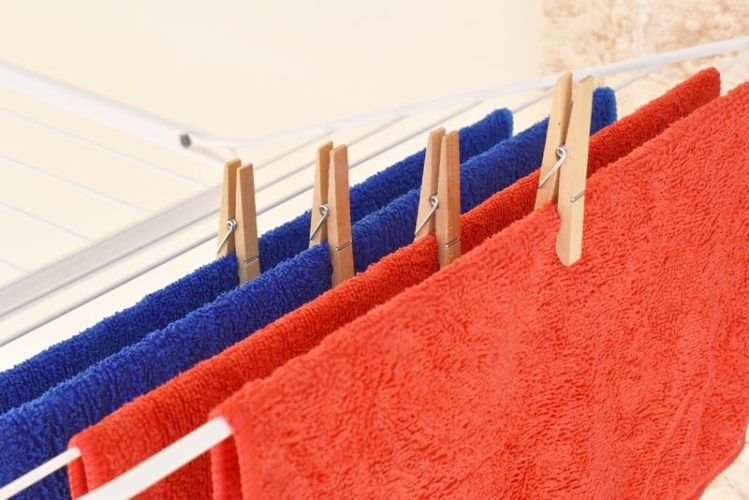
Do not use a fabric softener as it could coat the microfiber cloth’s fibers, hurting its cleaning prowess.
FAQs
How Often Should You Clean Your TV Screen?

Cleaning the TV screen once a week is ideal. If there’s a further gap between the cleaning sessions, the dust and muck could settle in and become harder to clean. The dirt could also enter the TV if ignored.
And if you need to clean your TV two times a week or every other day, maybe your space needs cleaning before the TV does.
Conclusion
Cleaning a TV screen is not the same as wiping dust, grime, and other detritus off your bathroom mirror with Sprayway. You need to be more mindful of the cleaning tools and methods used.
You can get away with applying extra physical pressure on mirrors and windows. With electronic displays, like a TV screen, slightly more force can wreck the thing.
Also, say no to any cleaning solution not meant for electronic displays. If distilled water and the microfiber cloth are not good enough to clean splashed juice stains, you can always look to specialty cleaners (linked above).
But if you don’t want to spend on a standalone electronic display or glass cleaner, a drop or two of mild dishwashing soap in lots of water can do the trick too.
Catherine Tramell has been covering technology as a freelance writer for over a decade. She has been writing for Pointer Clicker for over a year, further expanding her expertise as a tech columnist. Catherine likes spending time with her family and friends and her pastimes are reading books and news articles.


